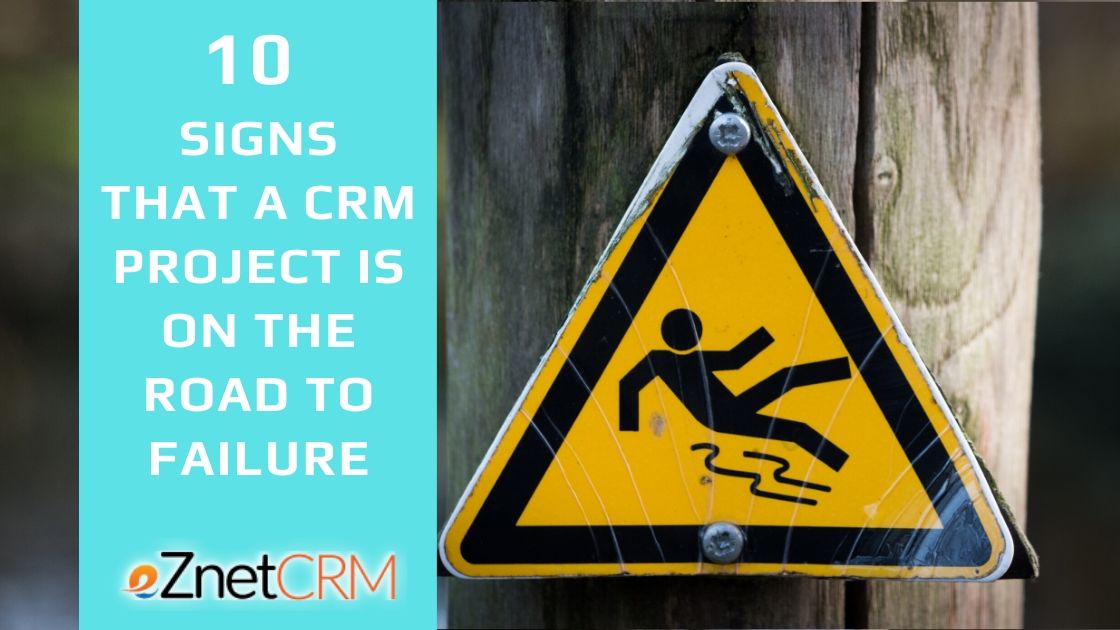In a perfect world, businesses would allow their CRM system to optimize marketing strategies, allow for a scalable resource of agents, improve customer relationships and meet their goals. Unfortunately, this is not a perfect world and the average failure rate of a CRM can be almost 43%
There are many benefits to a CRM project, but the failure is not merely a matter of happenstance. We examine 10 potential reasons why your CRM could be on the path to failure, and how to correct that course.
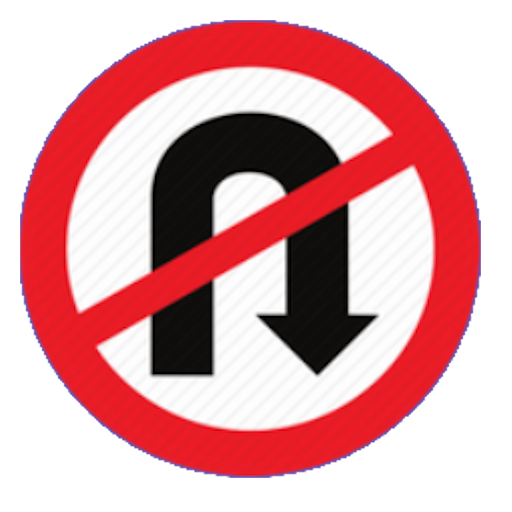 1. People Fear Change
1. People Fear Change
Adopting a CRM can be just what a business needs to be able to show how relationships with customers improve over time. However, it is a change and your end users will likely fear that change if it’s brought in too quickly.
Making training interactive, setting a schedule and allowing end-users to test the system can increase the probability of adoption for a CRM.
 2. Scope Creep
2. Scope Creep
Scope creep is harmful to a project, as a lack of focus leads to poor change controls and cost overrun. As the name implies, the scope of the project can creep larger and larger to ultimately ruin the foundation of the project.
By focusing on deliverables and maintaining a schedule, scope creep can be avoided.
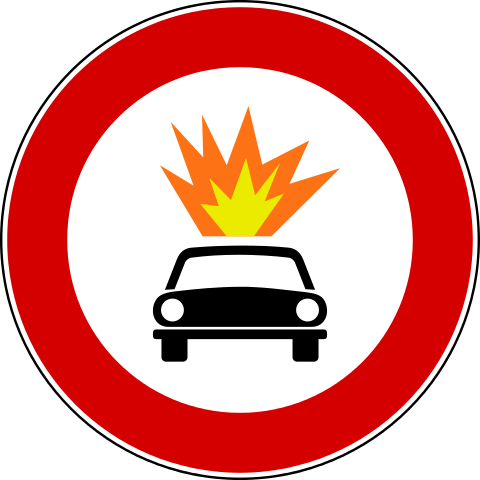 3. Burnout
3. Burnout
While it’s true that a CRM platform can help your business, like any tool it’s important to know how it’s used. If it’s rushed in too quickly and the end-users aren’t ready to soak in all the information at once, it can lead to burnout.
Proper planning, and a manageable timeline allows for a smoother transition.
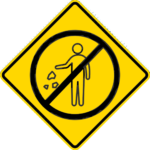 4. Bad Data
4. Bad Data
As the old saying goes, “garbage in, garbage out.”
Your CRM software can only work as well as the data it is provided.
Make sure your data is in the best shape possible and free of duplicate records, corruption or incorrect information.
 5. Lack of Cohesion
5. Lack of Cohesion
A CRM crosses through multiple departments. When information is siloed and departments aren’t consistent in their process, it can lead to poor communication.
Your business and tech teams need to be on the same page to make sure that your CRM software will benefit everyone.
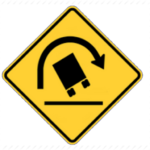 6. Feature Overload
6. Feature Overload
CRM software can come with an assortment of modules and add-ons. Unfortunately, some companies will try to employ as many as they can, rather than what is essential.
The best way to guarantee the adoption rate of your CRM is using features that are necessary rather than wasting time by making users learn elements they will never use.
 7. Danger: Chaos Ahead
7. Danger: Chaos Ahead
Chaotic management can put a CRM’s success at risk. This is especially the case if set goals are too bold, or timelines are too rigid.
Community participation is an important tool for successful development. It allows team members to evaluate the efficiency of stable delivery and offer feedback.
 8. No Project Management
8. No Project Management
Not having a project manager may seem like a great way to cut costs. The truth is not having one can be costly.
Project Managers provide guidance on key decisions and how to deploy technological solutions that can keep a project on task and stay within budget.
 9. Poor Vision
9. Poor Vision
In order for your CRM to be successful, it’s first important to know what your objective is. It’s nice to have goals like “improve customer relationships” or “reducing churn,” but what are the benchmarks for them?
Having SMART objectives in place will allow you to know what to look for and how to make the most of your CRM.
 10. Failing to involve end-users
10. Failing to involve end-users
Maybe your CRM makes sense to engineering dept or C-level management. Does it make sense to the sales team, or agents that use it on a daily basis?
By letting your end-users be a part of the planning stages, it will save a lot of hassle when it comes to the learning curve.
If you are considering a CRM solution, eZnet CRM offers an intuitive, user-friendly system that is easy for employers to implement and for employees to use. eZnet CRM provides the comprehensive support, training and technical capability critical to seamless functionality and end-user acceptance. Contact us to learn more, and begin a free 30-day trial.
→', 'twentytwelve' ) ); ?>

